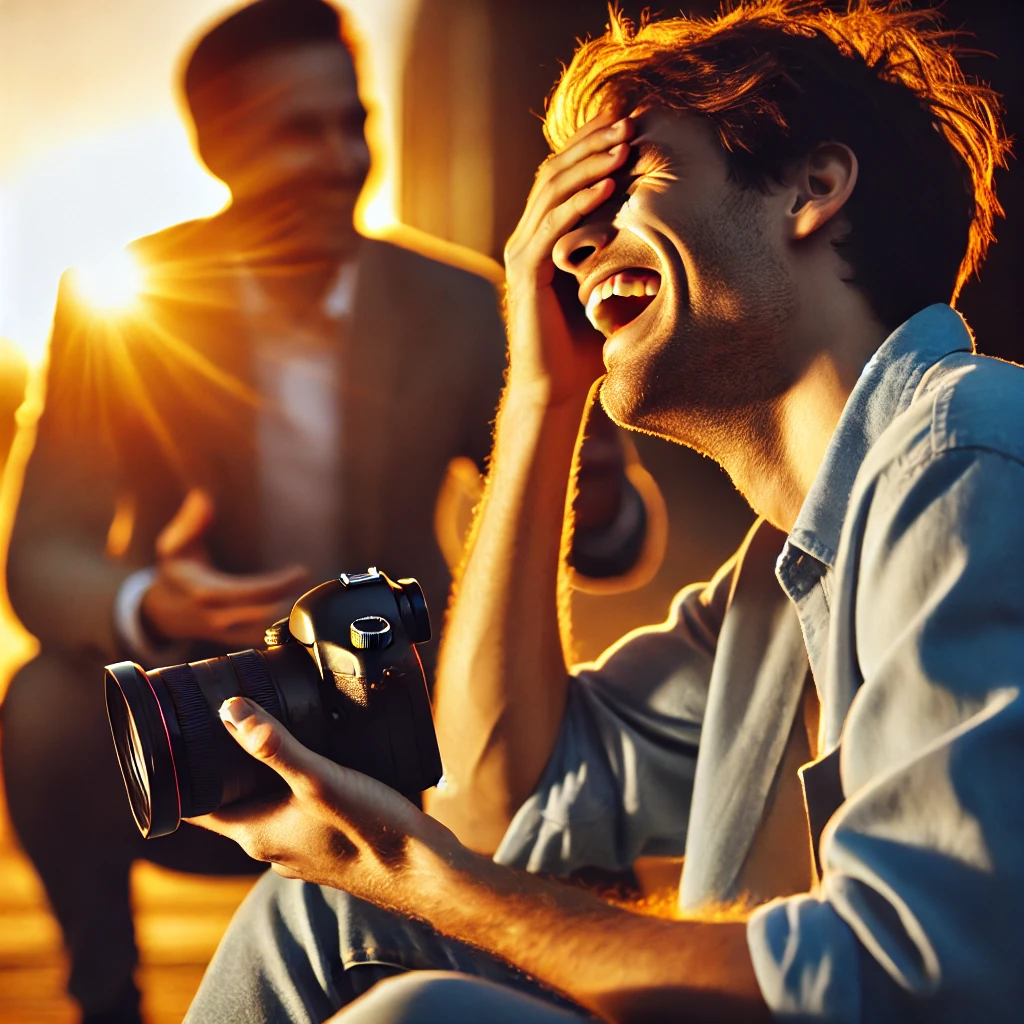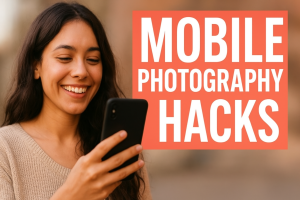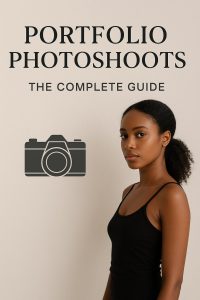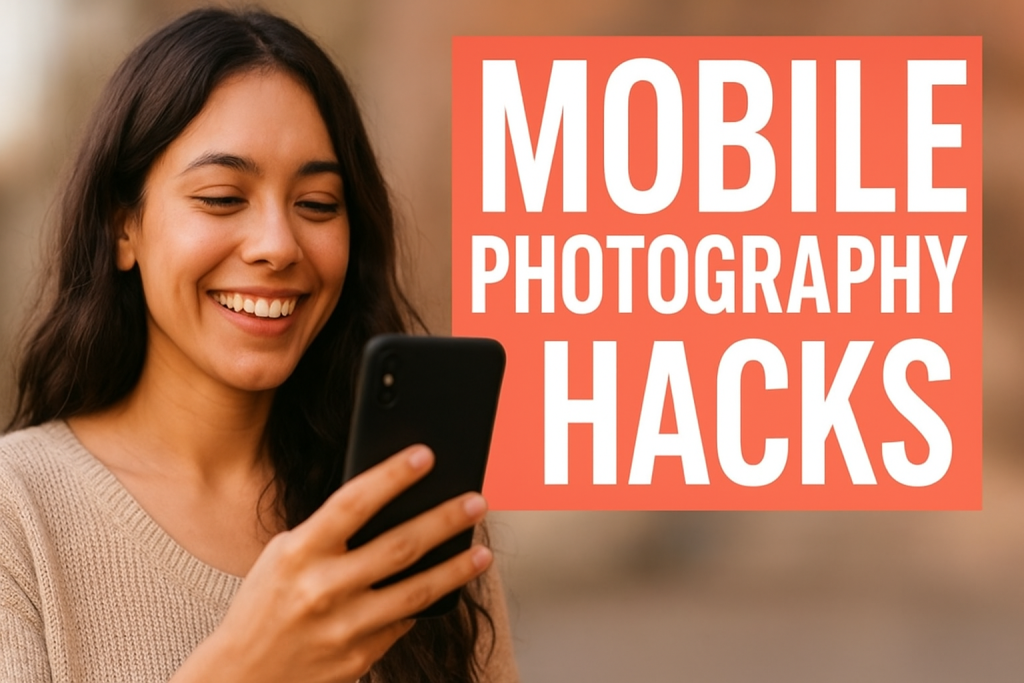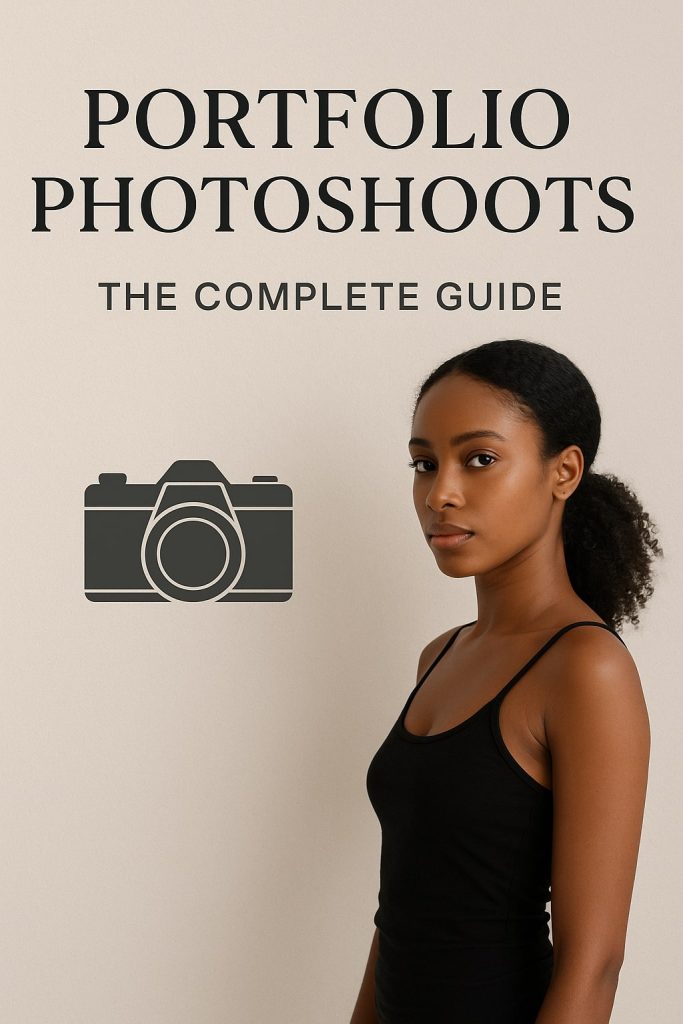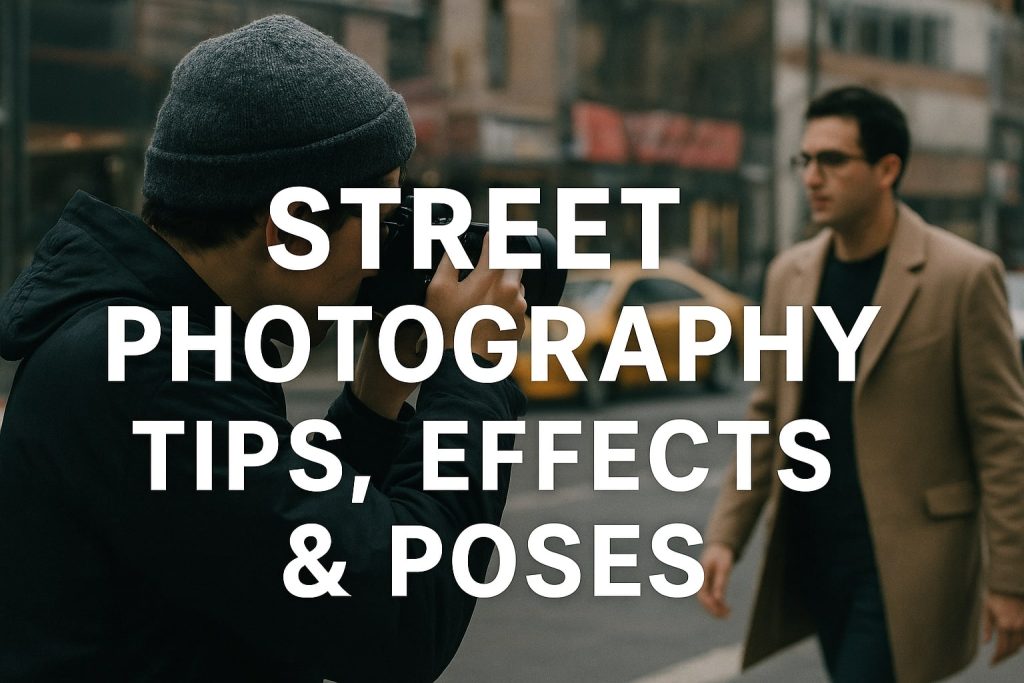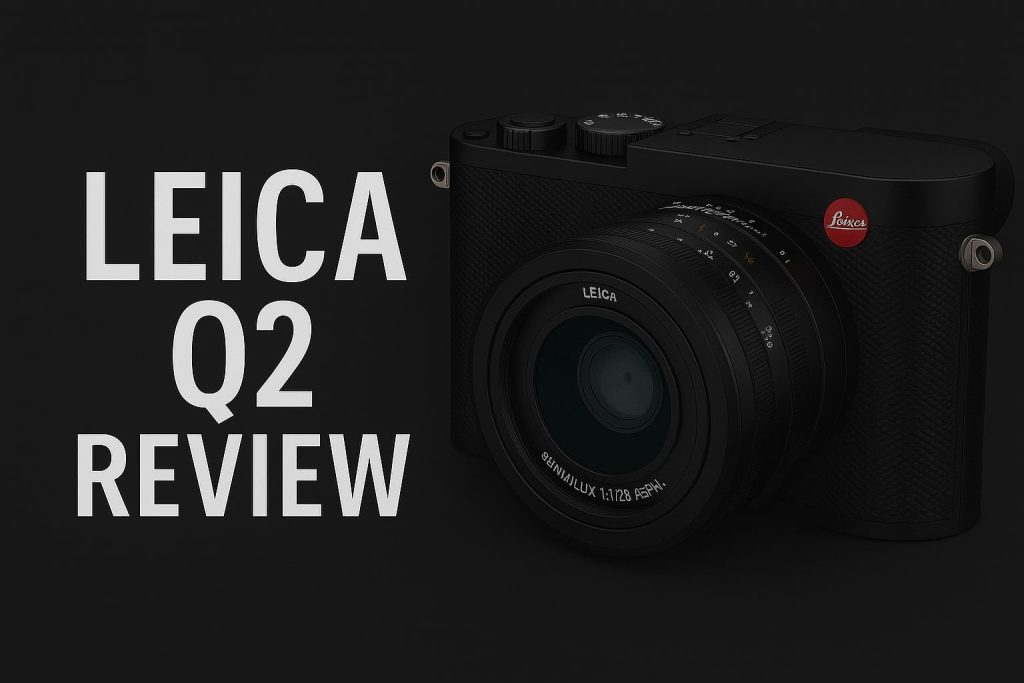Why Emotion Matters in Photography
Photography is more than just clicking a shutter—it’s about telling a story, evoking emotions, and creating images that resonate deeply with viewers. In today’s visually saturated world, authenticity is what sets powerful photographs apart from ordinary ones. In this article, we will explore techniques to make your photography more authentic and emotional to infuse genuine emotion into your shots, allowing you to create images that feel raw, authentic, and deeply engaging.
1. Understanding Authentic Photography
Authenticity in photography means capturing real moments, emotions, and connections rather than staged or forced expressions. Here’s how you can achieve that:
1.1 What Defines an Authentic Photo?
- It tells a real story rather than just showing a scene.
- Emotions in the image feel natural rather than posed.
- It connects with viewers on a deeper level.
- The subject is at ease rather than aware of the camera.
1.2 The Role of Imperfections in Authenticity
- Blur, grain, and unplanned moments add realness to your images.
- Perfect lighting isn’t always necessary—shadows and contrasts enhance realism.
- Genuine interactions trump technically flawless shots.
2. Capturing Emotions in Photography
The heart of an emotional photograph lies in the ability to capture fleeting moments of joy, sadness, surprise, love, or nostalgia.
2.1 How to Spot Genuine Emotion in Subjects
- Observe people closely without making them self-conscious.
- Capture moments of laughter, tears, contemplation, or affection.
- Be patient—raw emotions unfold naturally rather than on command.
2.2 Candid vs. Posed Photography: Which One Works Best?
- Candid shots reflect unfiltered emotions and interactions.
- Posed shots can still be authentic if the subject is comfortable and engaged.
- Blending both styles often results in the best emotional storytelling.
2.3 Building a Connection with Your Subject
- Engage in conversation before shooting to establish comfort.
- Encourage your subject to focus on memories or emotions rather than the camera.
- Be invisible—allow people to forget you’re there for genuine expressions.
3. Mastering Composition for Emotional Impact
How you frame and compose your shot influences the emotional pull of your image.
3.1 Using the Rule of Thirds to Guide Emotion
- Place the subject off-center to create a sense of movement or anticipation.
- Leading lines and framing direct attention to key emotional elements.
3.2 Depth of Field: Isolating Emotion in a Scene
- A shallow depth of field (blurry background) highlights expressions and emotions.
- A deep depth of field captures the full story of the moment.
3.3 Playing with Light and Shadows
- Soft natural light enhances warmth and tenderness.
- Harsh shadows create dramatic tension and depth.
- Backlighting creates silhouettes, adding mystery and emotion.
4. The Power of Colors in Emotional Photography
Colors play a crucial role in evoking feelings. Here’s how you can use them effectively:
4.1 Warm Tones vs. Cool Tones
- Warm colors (reds, oranges, yellows) convey passion, joy, and energy.
- Cool colors (blues, greens) evoke calmness, sadness, or nostalgia.
4.2 Black and White Photography for Timeless Emotion
- Strips away distractions, emphasizing pure emotion.
- Works well for storytelling and mood-driven shots.
5. Storytelling Through Photography
Great photographs tell compelling stories. Here’s how to improve storytelling in your shots:
5.1 The Importance of Context
- Include background details that add depth to the subject’s emotion.
- Capture body language and surrounding elements that enhance the narrative.
5.2 Sequences and Series: Building a Visual Story
- A single frame can tell a story, but a series of images enhances engagement.
- Capture different stages of an emotion for a complete narrative.
6. Technical Settings for Authentic Photography
To capture the most authentic and emotional shots, mastering your camera settings is essential.
6.1 Best Camera Modes for Capturing Emotion
- Use Aperture Priority (A/Av) for controlled background blur.
- Shoot in Shutter Priority (S/Tv) for motion-based storytelling.
- Manual mode gives full creative control.
6.2 Shutter Speed: Freezing vs. Capturing Motion
- A fast shutter speed (1/500s or higher) freezes expressions in sharp detail.
- A slower shutter speed (1/50s) captures motion blur, adding energy.
6.3 ISO: Capturing the Mood of Low Light Photography
- Low ISO (100-400) for crisp, clear shots in bright light.
- High ISO (800-3200) to preserve emotion in dim lighting.
7. Editing for Emotion: Enhancing Without Over-Manipulating
Post-processing can amplify the emotional impact of your photos without making them look artificial.
7.1 Adjusting Contrast and Exposure
- Increase contrast for a dramatic effect.
- Lower exposure slightly for a moody atmosphere.
7.2 Color Grading for Emotional Impact
- Adjust temperature for warmth or coolness.
- Desaturate slightly for a nostalgic feel.
7.3 Keeping It Natural: Avoiding Overediting
- Preserve the skin texture and natural lighting.
- Avoid excessive retouching that removes emotional depth.
8. Practical Exercises to Improve Your Emotional Photography
8.1 Daily Photography Challenge
- Capture one authentic moment every day.
- Focus on storytelling rather than perfection.
8.2 Emotion-Based Photography Assignments
- Photograph love and connection in family interactions.
- Capture joy in spontaneous laughter.
- Depict solitude and introspection through isolated subjects.
Conclusion: Bringing More Authenticity to Your Photography
Making your photography more authentic and emotional requires a mix of technique, patience, and human connection. By focusing on storytelling, composition, and capturing raw emotions, your images will leave a lasting impact.
Start experimenting today—photograph real moments, embrace imperfections, and tell stories that move people.
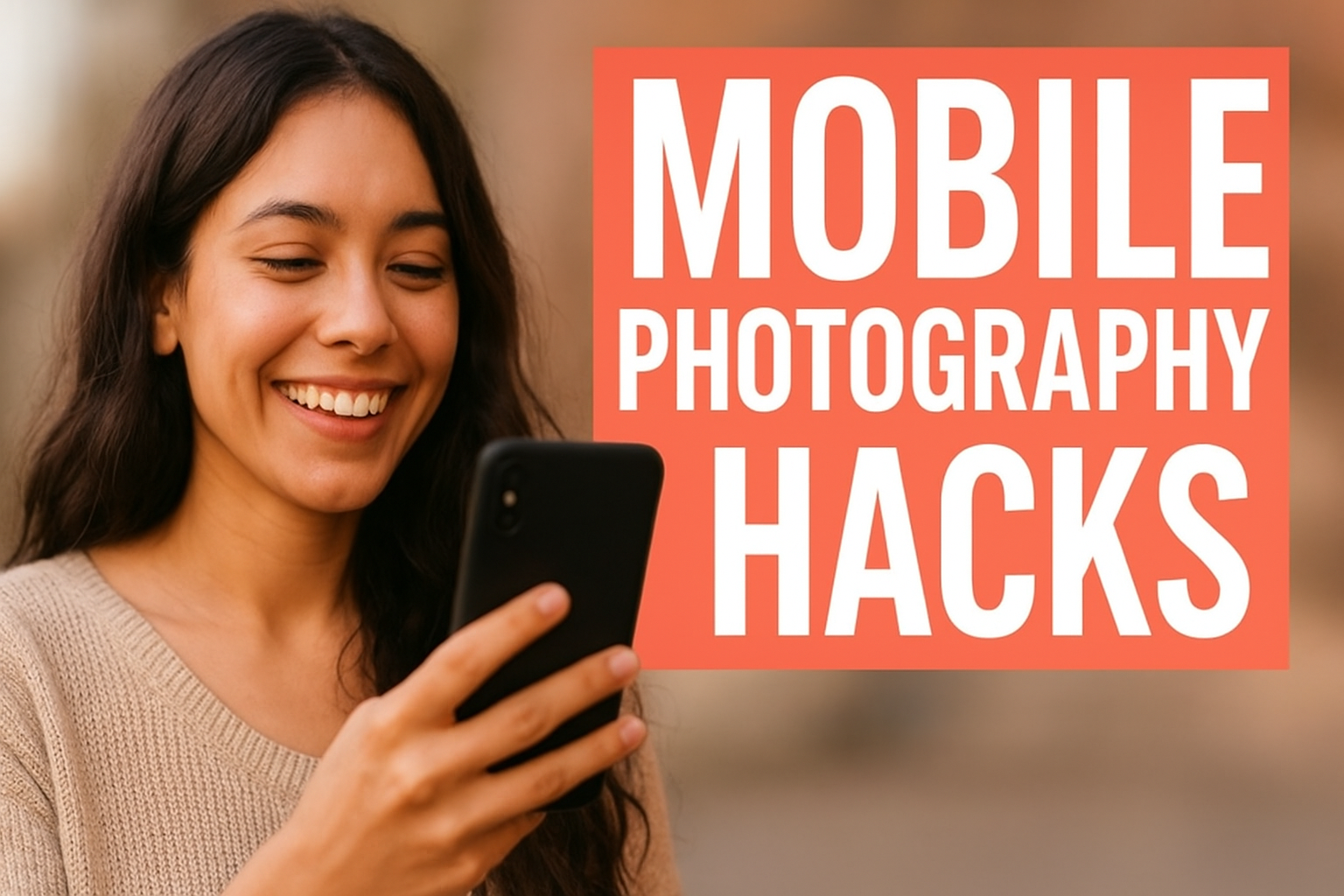
Mobile Photography Hacks: Candid Moments with Your Phone
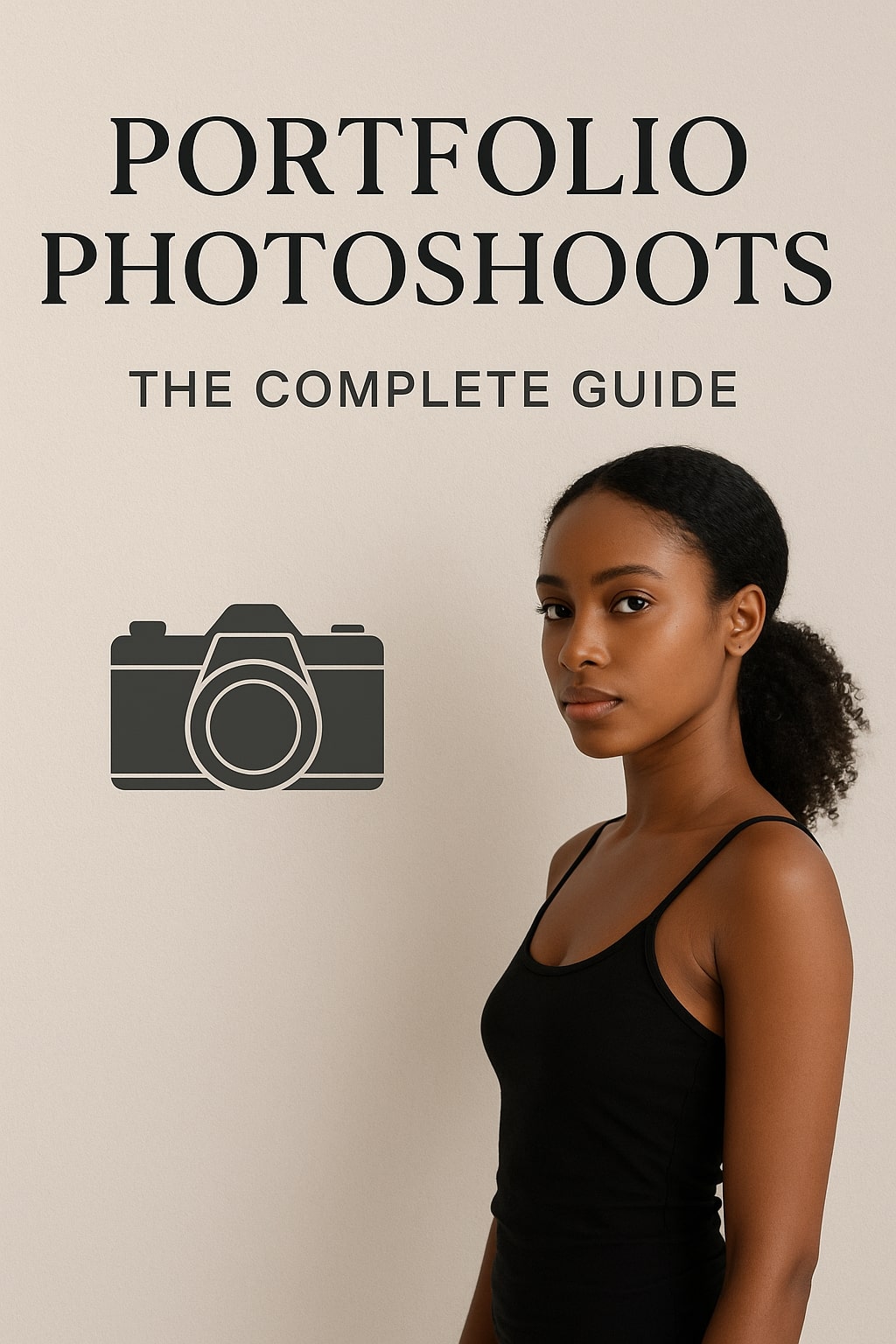
Professional Model & Portfolio Photoshoots: Show Your Best Work
-
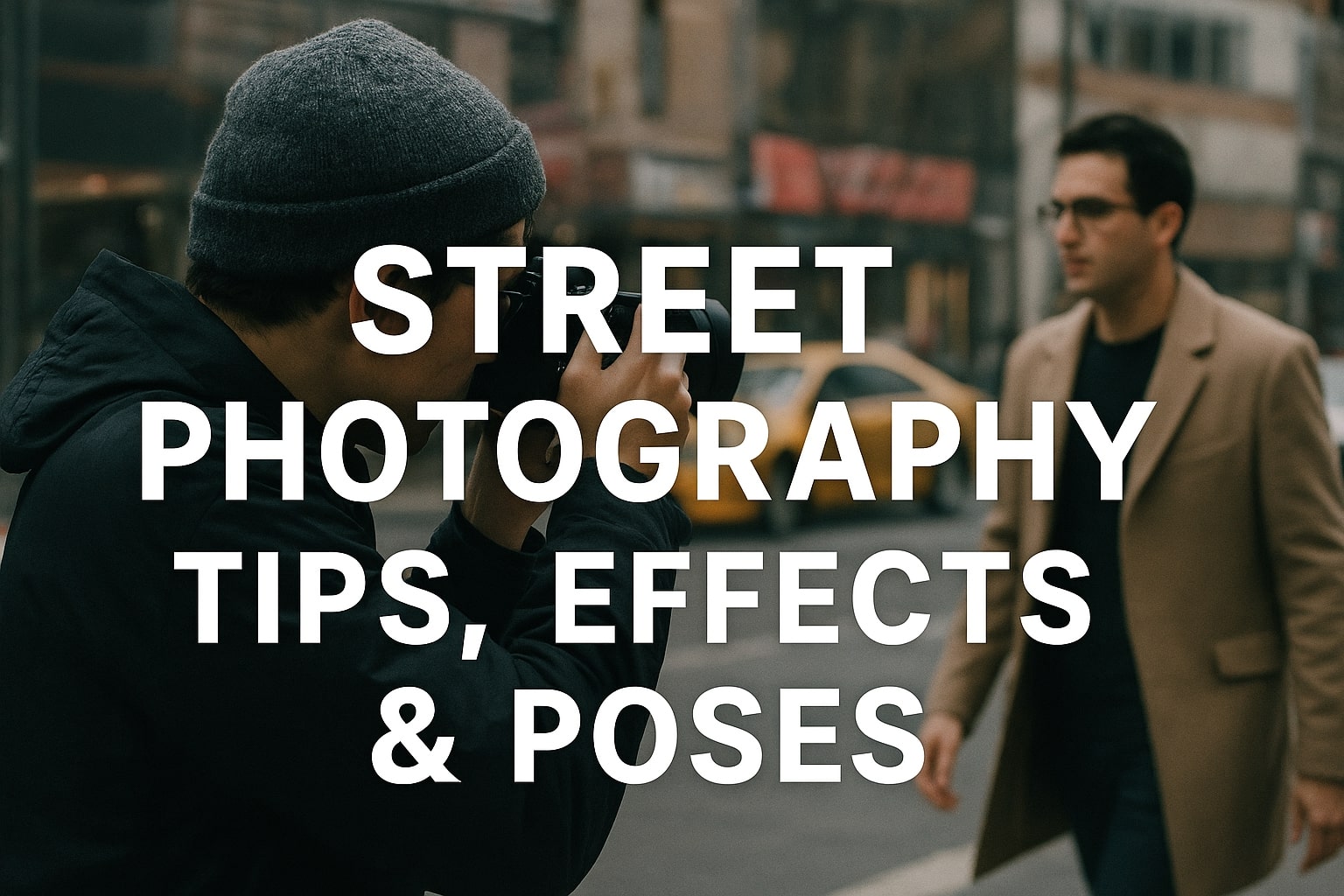
Street Photography Tips, Effects & Poses – Complete Guide
-
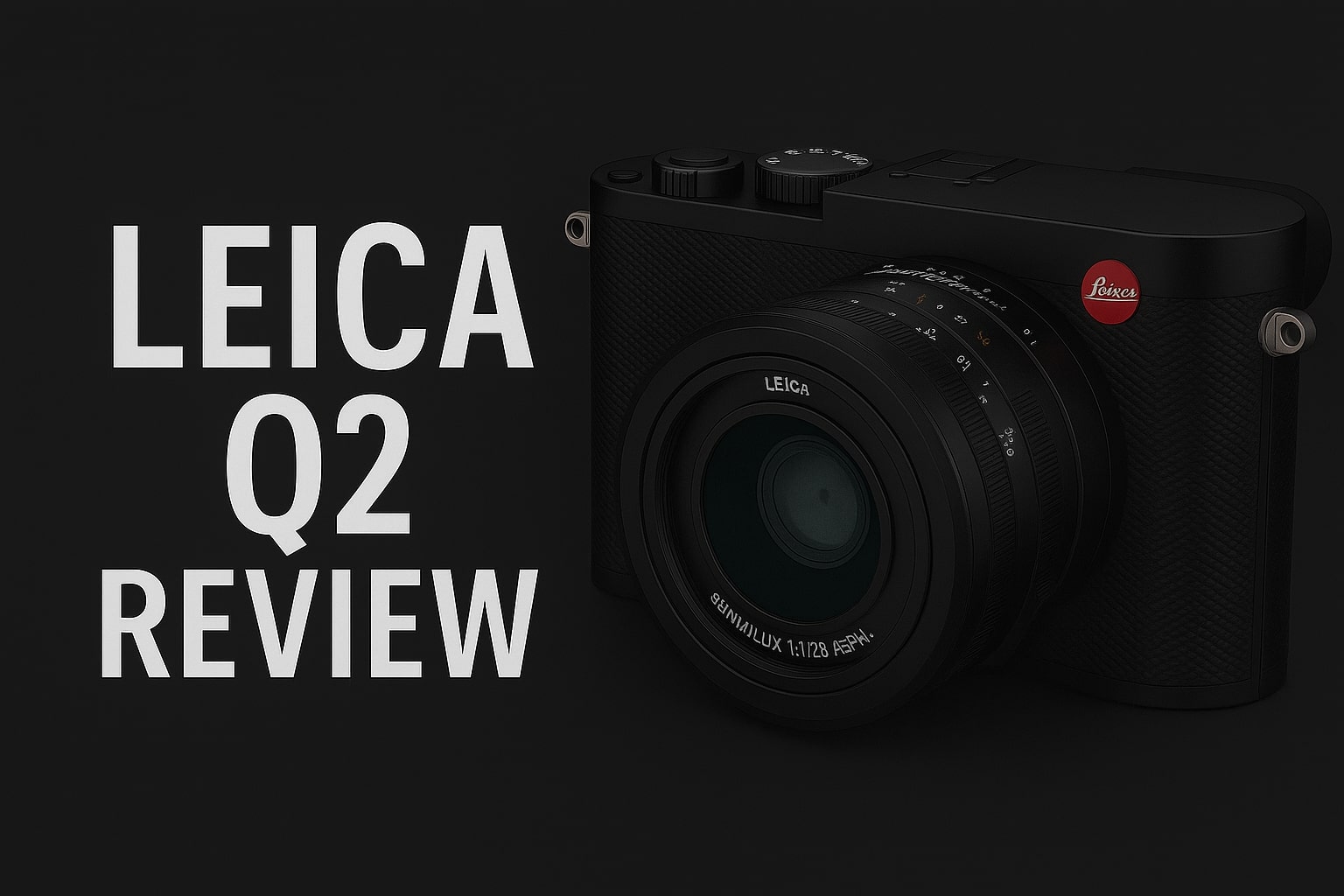
Leica Q2 for Photography: Why It’s Loved by Photographers
Mobile Photography Hacks: Candid Moments with Your Phone
Discover high-impact mobile photography hacks to capture genuine, gorgeous candid moments with your phone. Learn practical tips, composition secrets, and pro techniques to turn everyday scenes into stunning visual stories. Introduction: The New Age of Mobile Photography Photography has evolved beyond heavy cameras, technical jargon, and expensive equipment. Today, the power to capture extraordinary moments
Professional Model & Portfolio Photoshoots: Show Your Best Work
” Discover how to plan, style, and execute stunning portfolio photoshoots that showcase your skills, personality, and versatility. This comprehensive guide covers professional tips, posing ideas, gear suggestions, and industry insights for models and photographers.” Introduction – Why Portfolio Photoshoots Are the Cornerstone of a Photographer’s Career A well-crafted portfolio photoshoot is more than a
Street Photography Tips, Effects & Poses – Complete Guide
Discover the ultimate guide to Street Photography with expert tips, creative effects, and dynamic poses. Learn how to capture authentic urban moments, master composition, and tell powerful visual stories through your lens. Article Outline 1. Introduction to Street Photography Street Photography is more than just taking pictures of people in public spaces — it’s about
Leica Q2 for Photography: Why It’s Loved by Photographers
Introduction: The Cult Status of the Leica Q2 The Leica Q2 is not just a camera—it’s a statement. Combining the heritage of German precision engineering with modern digital excellence, it holds a special place in the hearts of professional and passionate photographers alike. With its full-frame sensor, prime Summilux lens, and minimalist design, the Q2
Top Cameras Under ₹1 Lakh for Freelance Photography
Freelance photography is no longer a niche—it’s a booming creative profession that demands not only vision and hustle but also the right gear. Your camera isn’t just a tool; it’s your storytelling partner. If you’re a freelance photographer aiming to balance performance, versatility, and budget, investing in a cameras under ₹1 lakh can offer the
Top Features of Nikon D850 That Make It Ideal for Photoshoots
Explore the top features of the Nikon D850 that make it a powerhouse for photoshoots. From exceptional resolution to dynamic range, this detailed Nikon D850 guide is built for professional and aspiring photographers. 1. Introduction When Nikon launched the D850, it quickly earned a reputation as a flagship DSLR that redefined what photographers could expect
